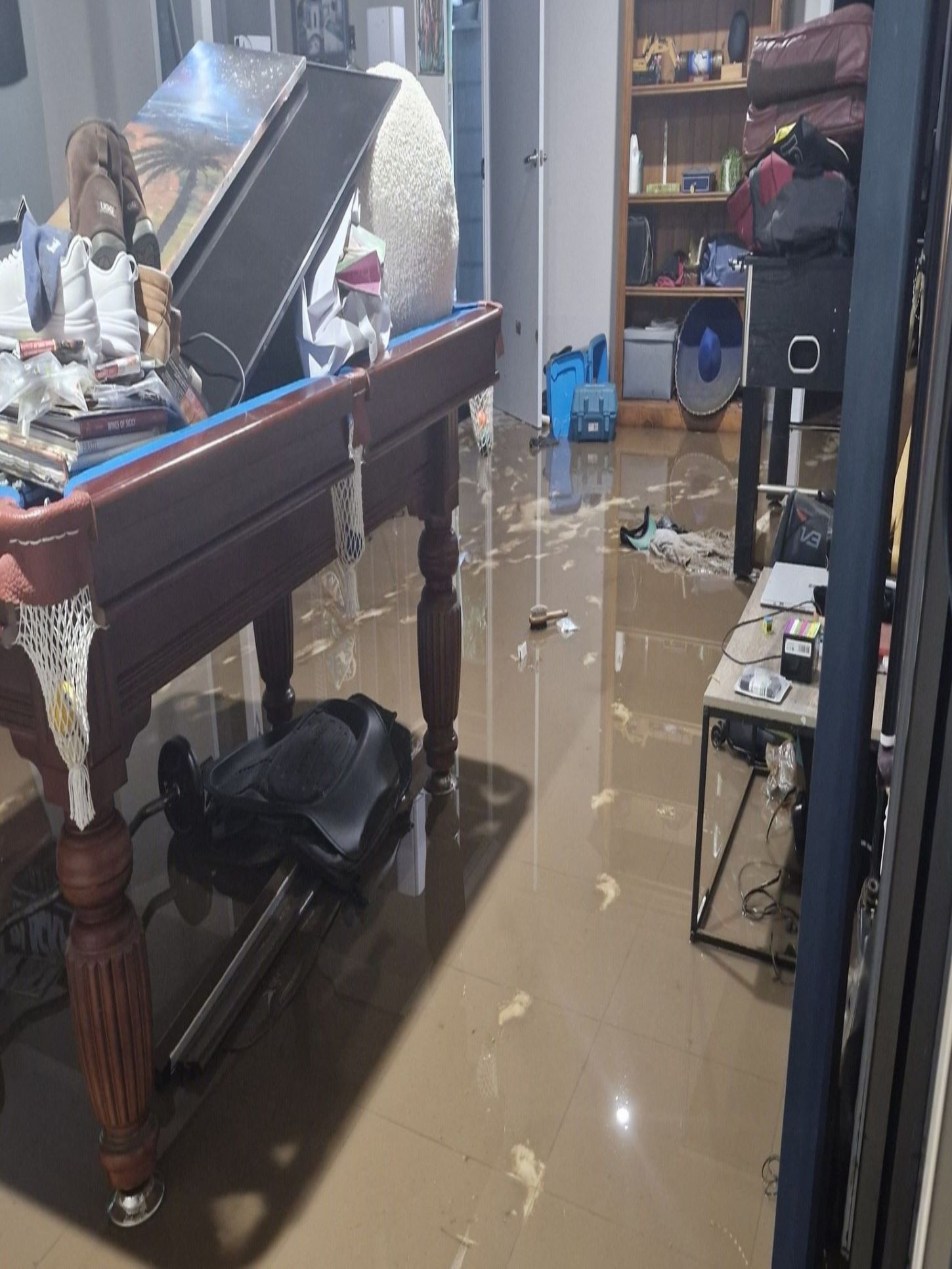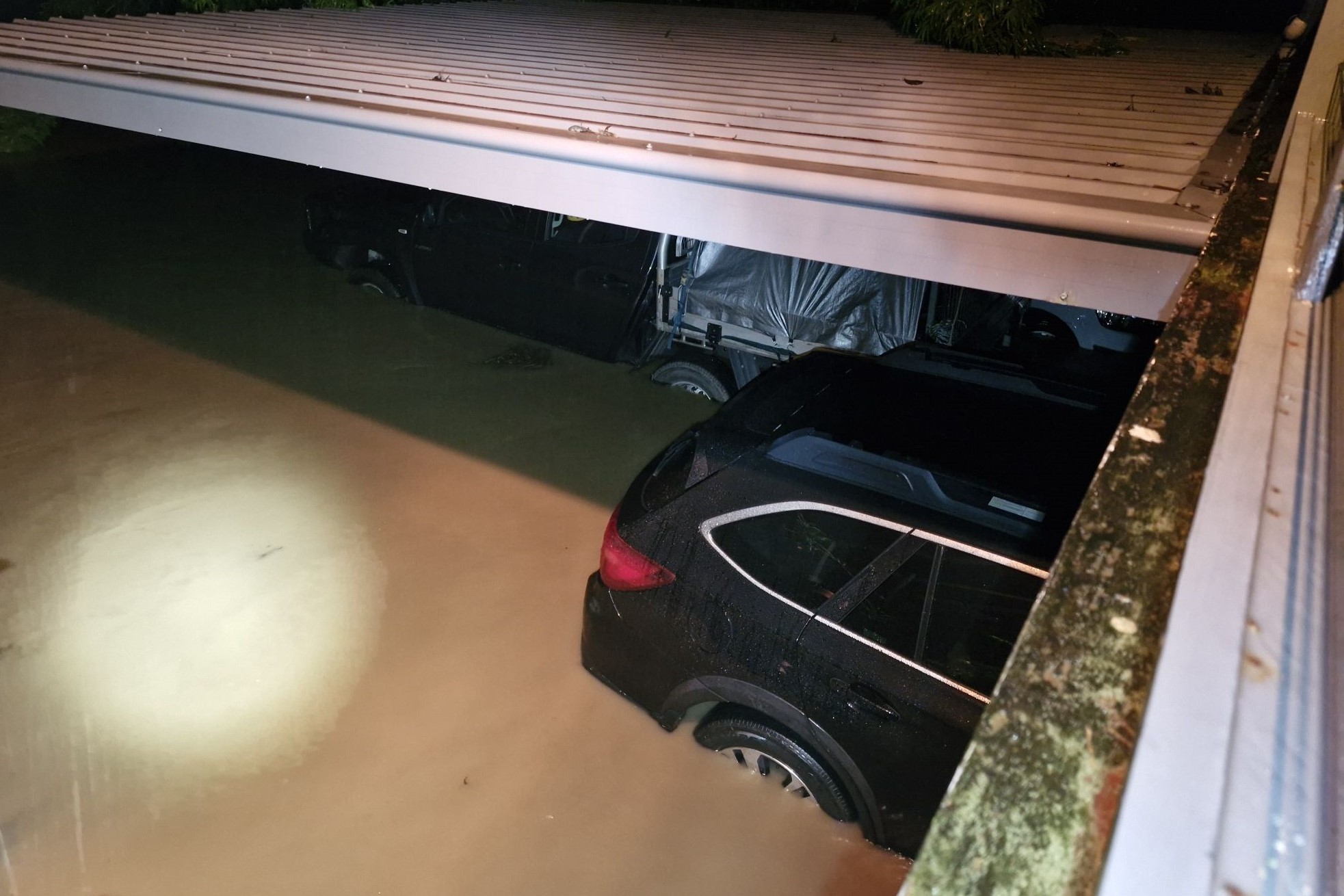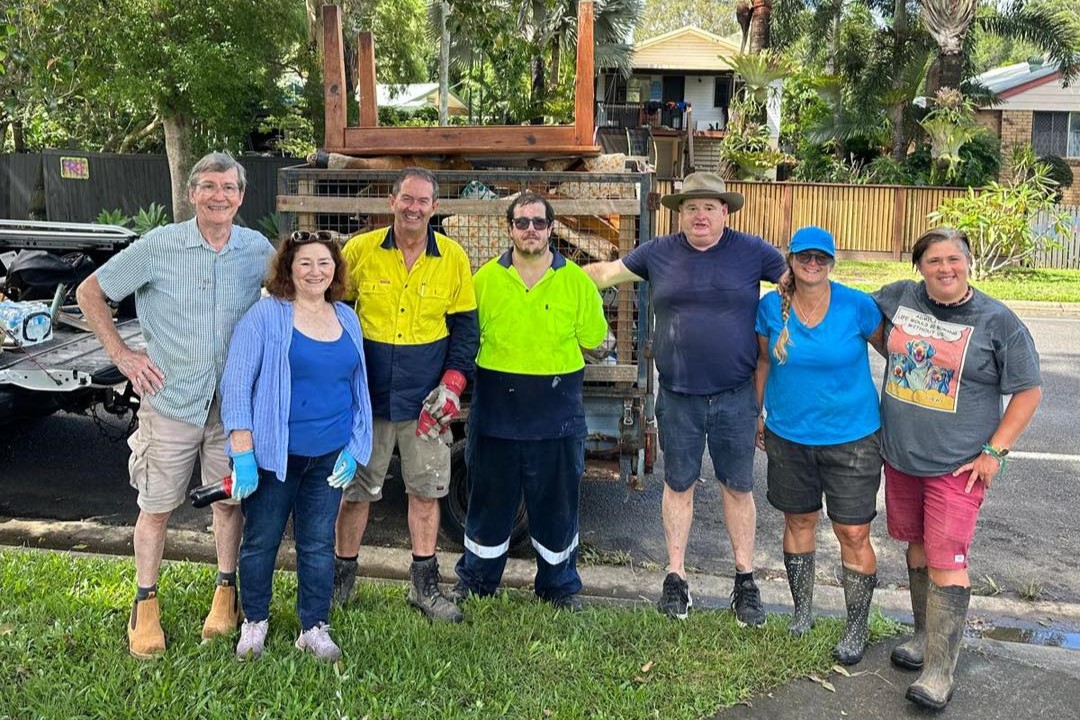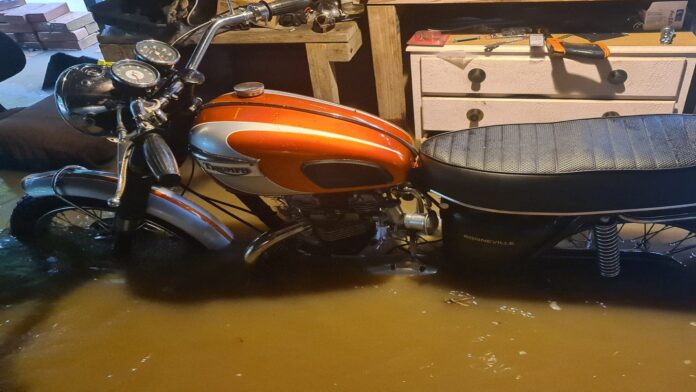Alex Gunn knew which way the water would come if it flooded her property. Or she thought she did.
Flooding as ex-Tropical Cyclone Alfred departed in rain bombs on March 10 was the opposite of what she and various other Eudlo residents had previously experienced.
“This time it was different,” she said.
“I’ve lived in Eudlo for 11 years and you could see the difference in how the water moved through from when we were flooded in 2022 and this time it’s occurred.”
Ms Gunn said Corlis Avenue properties previously flooded when the creek in Olsen Mill Park broke its banks and ran over the park towards their back fences, but this time a “torrent of water” gushed from Rosebed Street through Corlis Avenue.
“Even at its peak you could see the highpoint of the park grass. Again, this isn’t consistent with historical flood mapping in Eudlo,” she said.
Ms Gunn said the water not only flowed differently but was much faster.

“In 2022, it took two or three hours to come up and two or three hours to go down. This time, it came up within an hour,” she said.
“I got up at 2am and checked. The neighbours woke me up at 3.15am saying, ‘You’ve got to move’.”
Ms Gunn speculated that an increase in the height of centre parking in Rosebed Street, combined with changes in the fall of central Eudlo properties due to requirements for new septic treatment systems, had changed the waterflow through the central part of town.
“It’s changed the way all the blocks sit. Instead of sitting forward, they now all sit backwards,” she said.
“It’s changed the whole trajectory of the water. It moves differently.”
Ms Gunn is compiling information from other residents about the flooding with a view to seeking an analysis of drainage in Eudlo and flood mitigation options.

“Eudlo has no town water, no septic, no stormwater, but has been changed a bit in its centre,” she said.
“How can we pull the water down and out and try and bring in some form of stormwater drainage?”
Member for Fisher Andrew Wallace, who visited Eudlo the day after the flooding, said residents and business owners told him it was not what they were used to.
“The ferocity and speed of the floodwaters was something that they had not experienced in Eudlo before. This one was different,” he said.
“We need to find out why. What has changed? Was it simply the amount of rain in such a short period of time, or was it something else which caused the flooding?”
Mr Wallace said Eudlo had been one of the worst-hit areas.

“Homes and businesses were inundated with water and damage, and the residents were struggling to cope with the aftermath,” he said.
“The sheer volume of water, with more than 300mm of rain in little time, had left the area completely submerged, making it impossible for emergency services to get in and for residents to get out.”
Mr Wallace and volunteers went hands-on to help some Fisher residents and tried organise other assistance, which included contacting Chilli Bins, which provided skip bins free of charge in the town.
Mr Wallace said he would help Ms Gunn advocate for funding for a study and was willing to meet with the Sunshine Coast Council and mayor to examine ways to move forward.
He said there was no guarantee that the flooding would not happen again “but we owe it to the town of Eudlo to ask the questions and try and get some answers”.





